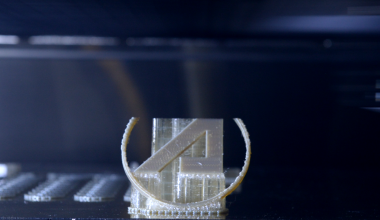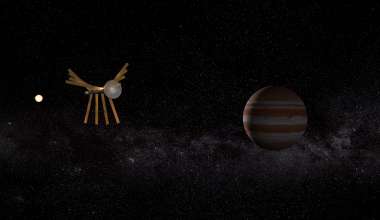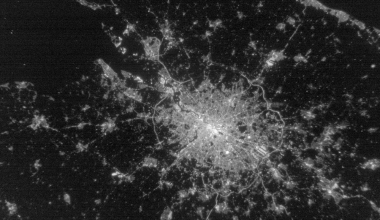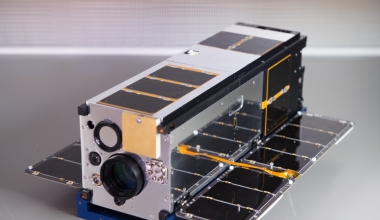When scientists at The Aerospace Corporation built the Orbiting Picosat Automated Launcher (OPAL) picosats nearly 20 years ago, they confronted a difficult challenge: how could they make such miniscule satellites visible to ground-based radar and optical telescopes? Ultimately, the problem was solved by tethering the two satellites together with a long cord that had gold wire dipoles woven into it, thereby increasing its radar cross-section.
The OPAL picosats were revolutionary at the time, but today, miniature and small satellites have become quite common. The problem of tracking them, however, has not gotten any easier. Moreover, the number of objects in space—both active hardware and inactive debris—has grown over time. This has made life increasingly difficult for spacecraft operators, who need to understand and manage the risk of a collision on orbit.

Active Tracking via GPS for Space Traffic Management
Researchers at Aerospace have been focused on the problem of space traffic management, and have derived a novel approach that draws upon another traditional area of expertise: GPS.
According toAndrew Abraham在任务分析和运营部的,传统的被动跟踪网络,如太空监视网依靠物理估计何时何地被跟踪的对象将是法律。尽管如此,各种因素,故意否则,可以改变航天器的速度和轨迹。当发生这种情况时,飞船可能会丢失,并跟踪站需要申请额外的资源来重新找到它。
A better solution would be for orbiting objects to actively communicate with tracking stations. That can be done, Abraham says, by means of an onboard GPS transponder.
As envisioned, the device would transmit GPS data (position, velocity, and time) as well as a unique serial number. The encrypted signal would be received by ground- or space-based receivers and forwarded to a central coordinator for orbit determination and collision-risk assessment. The increased speed and accuracy would vastly improve calculations of collision probability and reduce the number of costly false alarms.

Space Debris and Proximity Operations
这样的系统,亚伯拉罕说,将有配套的好处,以及。例如,机载GPS应答器可以独立地工作,或者提供一种用于卫星的导航系统输入。这反过来又可以促进上轨附近运行和洞察危险的动作。最重要的是,转发器将不限于活跃的资产,但可以在有助于在危险空间碎片的增长死者火箭箭体和其他非活性成分进行操作。
Satellite identification, also called “Identify Friend or Foe,” would be another benefit, said Abraham. “Unique, immediate, and unambiguous identification of space objects increases transparency and acts as a trust- and confidence-building measure with the potential to lower tensions in a contested space environment, should this technology become widely adopted,” he said.
GPS Transponder Conceptualization
GPS转发器创建的CubeSat技术
Aerospace is building these transponders by leveraging flight heritage of component parts from the highly successful AeroCube CubeSat program. Current efforts are focused on reducing the size of the transponder to roughly half the size of a pack of playing cards. That should make the technology feasible for a wide range of applications.
More information is available in thepolicy paper,"GPS Transponders for Space Traffic Management"亚伯拉罕在合作与中心空间政策和战略写道。








